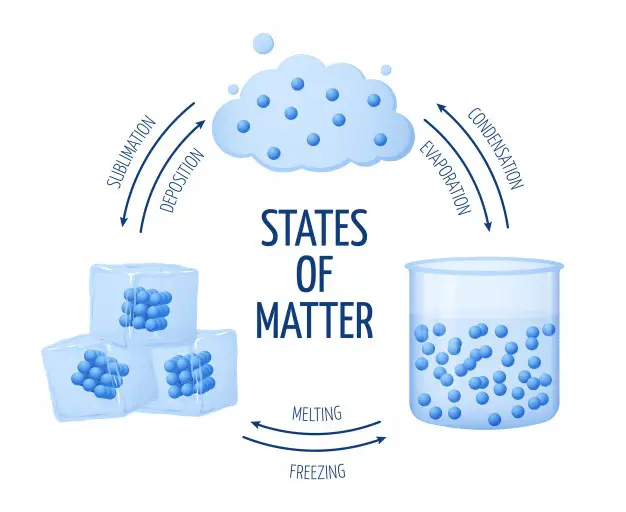Page Contents
General definition
The atmosphere of the earth is defined as the shell of gas that surrounds the earth, it is extremely important for the maintenance of thermal equilibrium betewn the energy of the sun and the energy of the earth.

Composition Earth’s atmosphere
The Earth’s atmosphere contains a vast amount of air
About 5×1018 kg in total, with approximately 10,000 kg of air piled upon each square metre of the Earth’s surface.
The depth of atmosphere about 100 km, however it is hard to clarify it exactly, because there is no distinct upper boundary .
In comparison to the size of the Earth, whoseradius is about 6,400 km, the atmosphere is only a very thin blanket covering its surface.
On the point of view of a meteorological approach we can divide the component of the atmosphere in 3 parts:
1. DRY AIR
The dry air is the main component of the atmosphere and it is composed by:
- 78% of Nitrogen
- 21% of Oxygen
- The remaining part is : Argon, Carbon dioxide,Neon,
- Helium,Methane,Krypton
2. WATER VAPOUR
Water vapor, is the gaseous phase of water, we can find it in the atmospere in a variable quantity, Therefore with a percentuage of 3 or 4% maximum.
The water vapor is the main element on our atmosphere because all the main meteorological phenomena are determinate by the passage of the water state ( rain – snow -ice).

3.PARTICULATE MATTER
The particulate matter are mixture of solid particles and liquid droplets found in the air.
For example particles like as dust, dirt, soot, or smoke, are large or dark enough to with the naked eye. On the other hand so small they can only be detected using an electron microscope.
Their main function is to rappresent the condensing cores, around wich the water vapor can make the first drop of water
